André Picard, at the Globe & Mail, has become the most trusted print journalist in the country and his calls on the novel coronavirus generally predate the government’s announcements by about three weeks. Picard, a veteran of 75 half marathons, based in Montreal, and the author of Matters of Life and Death, spoke with iRun editor Ben Kaplan.
You’ve been tracking this coronavirus since at least January. What’s surprised you the most about this horrible disease?
It seems like years ago since the whole thing started, but really it’s only been a few months. I think, like for most of us, it came slowly and then really fast all at once. I’ve covered lots of new disease outbreaks over the years and with each of them, they could be big or they could be nothing. With this, we watched what was happening closely in China, and then it built in Italy and Spain, then gradually concern turns to fear.
You’re a runner, so you know how much weight is behind this question, so answer carefully: is running outdoors safe?
It’s one of the best things to do.
I hope they don’t take that away from us. I don’t know what I would do.
Then do social distancing, please — no running in packs. Our group in Montreal doesn’t run together anymore, but we’re looking forward to getting back together again when we can, and are in touch online.
What are you seeing on your runs?
Way more runners than I’ve ever seen out on the trails before. Lots of new runners and you can always spot them, because they’re not always dressed exactly right, but you have to applaud the effort and it reminds me why I love to run.
Montreal has become Canada’s hotbed for the virus. What’s the feeling like out on the streets?
It’s quiet, and people are respecting the social distancing, but it’s a beautiful day out today and that’s going to be a hard thing to maintain when it’s spring—Canadians really embrace spring and the patios should be open now and the restaurants are closed, so self-isolation is going to continue being a struggle as we move further into spring.
What can we do to bring this disease to its end?
I think the key thing is everyone has to do their part. It’s not easy to be at home and if you’re stuck with your kids and they’re bored, it’s touch, but it’s much better than the alternative. A doctor I interviewed had a good line: we’re not trapped at home, we’re staying home where we’re safe.
And getting out for our solo runs.
That’s right, but also remember that healthcare workers have to go in and put themselves at risk, the least we can do is do nothing. Even for runners, there’s very few instances in our lives where we can do the good thing by sitting on the couch watching Netflix.
And when we’re not watching Tiger King, when we’re running, what should we do?
Keep doing it. And, OK, runners like to spit a lot, but maybe keep the spitting to a minimum. You obviously shouldn’t be sharing drinks and wash your hands when you come back from you run, but I think it’s important for our mental health to get out there. The key thing is: don’t break the rules. If you’ve traveled, you have to self-isolate.
Should we be pushing ourselves?
That’s a tough question. Runners always think they’re invincible. ‘Oh, it’s a mild pneumonia, I can still do my long run.’ I would say don’t do any of that these days.
Runners have a tendency to be macho.
Right, and we don’t have to be so macho all the time; all of our races are being cancelled, so we can leave our watches at home. It’s a good time to dial things back and simplify.
What pisses you off about Canada’s response to the pandemic?
It frustrates me when people are dismissive. You know, ‘This is no worse than the flu.’ That’s not very thoughtful and what I’ve seen is that after someone says that, when someone in their family gets sick, they swing to the other extreme. I think our reactions have been reasonable. It’s not organized enough coast to coast to coast, but we’re balanced between shutting everything down and making Canada a bearable place to live.
People don’t like being told what to do.
The more severe the measures, the shorter they’ll be.
Who are your heroes?
The every day workers who are doing essential services. A pandemic makes us realize how much stuff we take for granted, like the janitors in the hospitals who are the great unsung heroes as much as the nurses and doctors and the personal support workers who are so crucial to older people and they’re putting themselves at risk day to day for fifteen bucks an hour.
Working around the clock like you do, do you still get time to run?
I get out and exercise. Of course, I spend too much time on that computer, but I do that normally. My friends would say I invented social distancing many years ago. I’m not the most sociable person; like a lot of runners, I tend to be solitary.
Why is running important right now?
For a change of scenery; for mental health. The mental health aspect couldn’t be more overstated—what’s more beautiful then Montreal in the spring? My home is near Mount Royal and I see people running by my house all day long. Families going by every day—a mum and dad and three kids—and maybe they’re not “runners,” but it’s wonderful to see them out there, people who never had that opportunity to get outside together, people used to commuting in their cars, I hope people take something from this and do it afterwards. We all know how great running is.
You’ve been prescient about this thing thus far; here’s the billion dollar question—when is this going to end?
Summer. In the summer, we’ll have a sense of normalcy.
Will school return?
Parents hate this, but forget about the school year and plan on the summer holidays—they’ll be well deserved.
And when can we get out again racing?
One of the saddest things is I was signed up for the Vancouver half marathon and was going out there with a big group, but when that was cancelled, my race plans, like everyones, went off the rails. There’s also been a lot of stress eating, so when can we get out racing? Not soon enough, but it will happen, I assure you, once again.
Follow André Picard on Twitter, right here.









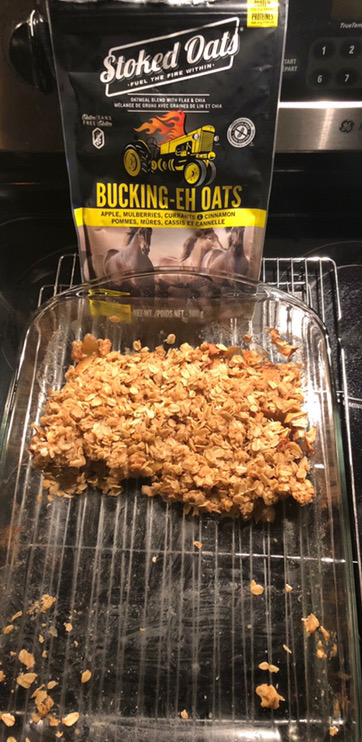

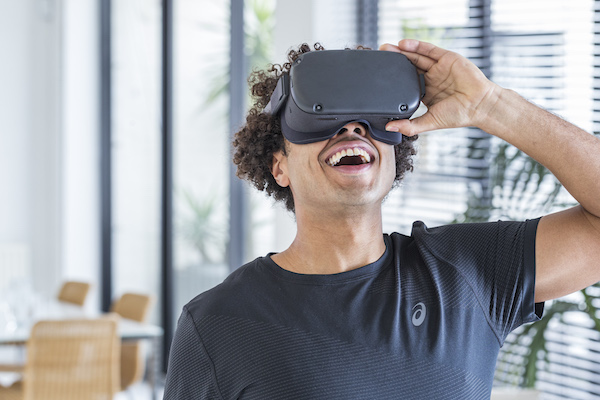


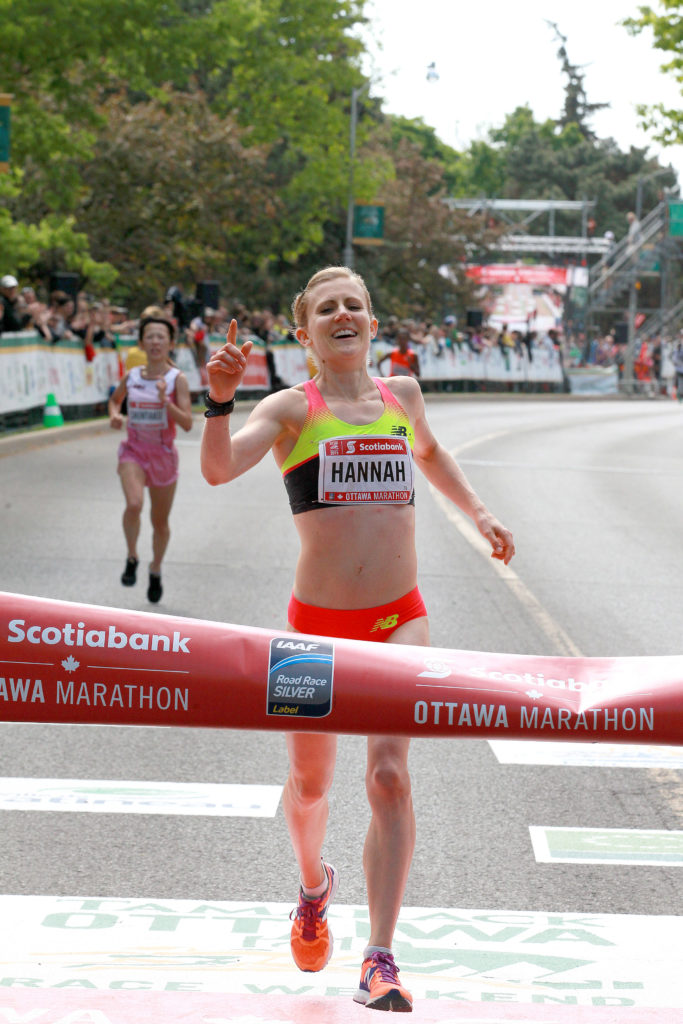


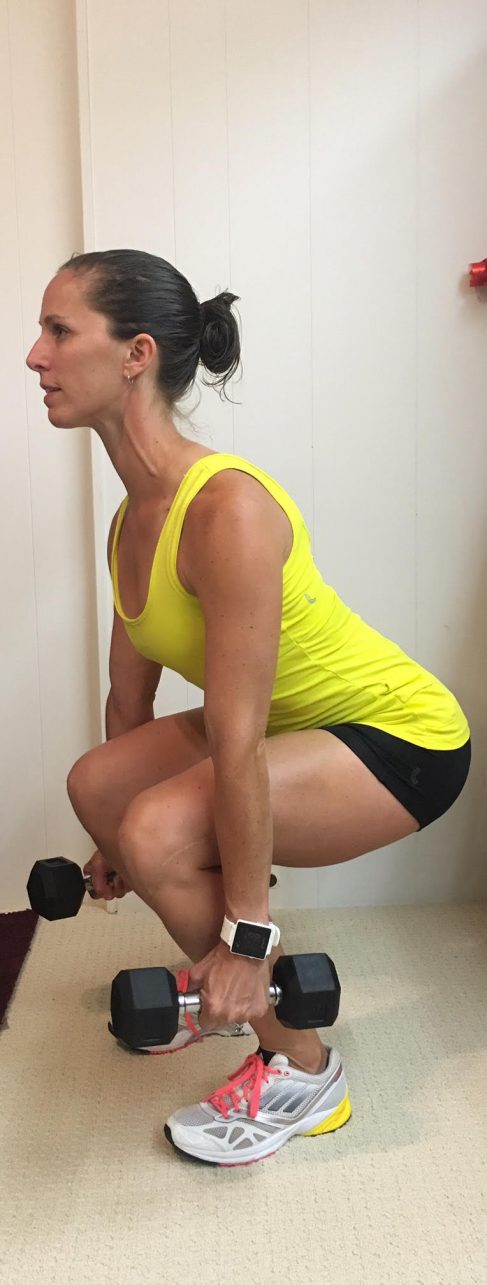


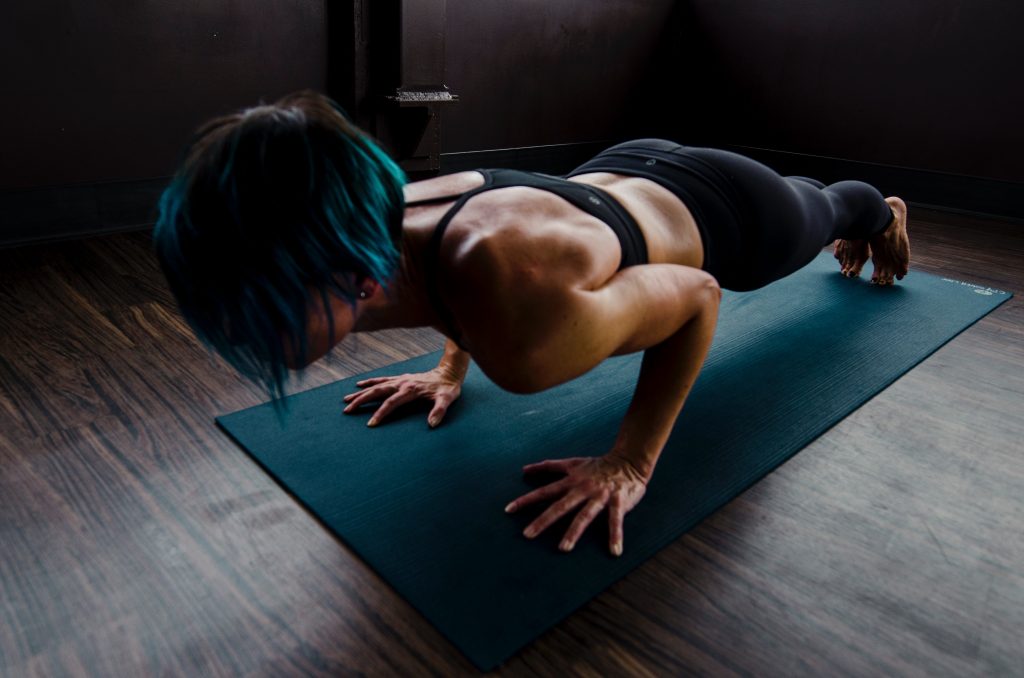
 Our Magazine
Our Magazine
